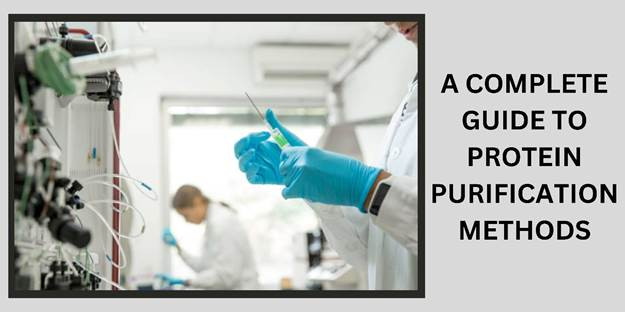A Complete Guide to Protein Purification Methods
Feb 15th 2023
Purifying the protein, you want to study is one of the most critical research steps. Protein purification entails four fundamental procedures:
- Cell lysis,
- Binding of proteins to a matrix,
- Washing
- Elution.
Various techniques can prove instrumental during cell lysis, such as non-enzymatic approaches or hydrolytic enzymes like lysozyme or a detergent reagent. As natural proteins are notoriously difficult to isolate, recombinant proteins of interest also require specific processing for successful purification and isolation.
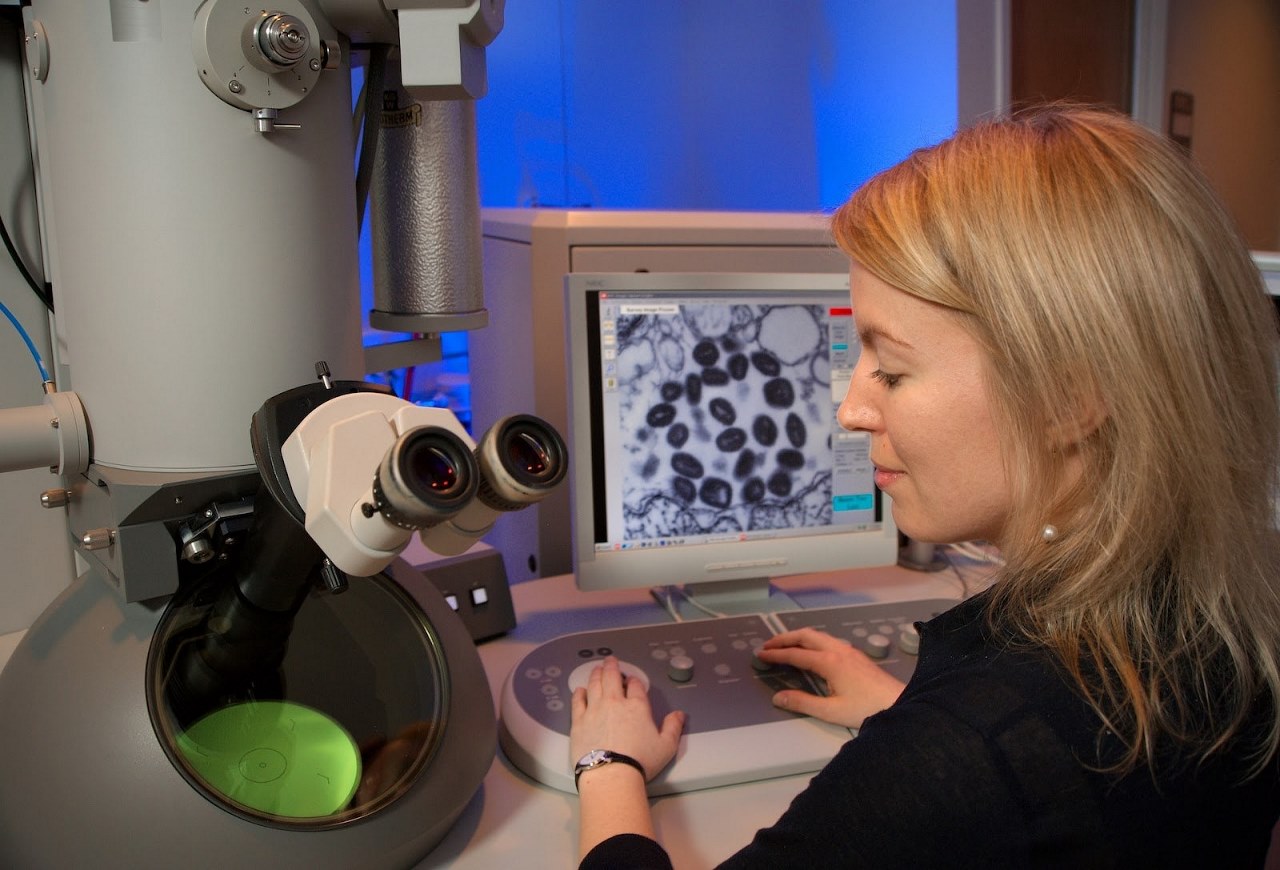
This protein guide provides a general overview of the protein purification method, including tips on choosing the proper technique to purify protein.
Why is protein purification essential?
Proteins are essential for almost every physiological action, including transcription, translation, replication, food intake, signaling between cells, and even apoptosis. DNA contains the instructions for making proteins and is used as a blueprint by transcriptional processes to generate messenger RNA (mRNA).
Eventually, the information contained in mRNA is translated into the ordered chains of amino acids that make up a protein. All organisms produce proteins using a similar two-step process that starts with the transcription of DNA into RNA and ends with the translation of RNA into proteins.
Recombinant Proteins: What are they?
Recombinant proteins are those that have been created by cloning recombinant DNA into an expression vector that allows the gene to be expressed and messenger RNA to be translated. The use of recombinant DNA technology to modify the gene can result in the production of a mutant protein. Recombinant protein is an engineered version of a naturally occurring protein that can be used to boost output, alter gene sequences, and create breakthrough consumer products at a commercial level.
Why is protein purification so essential?
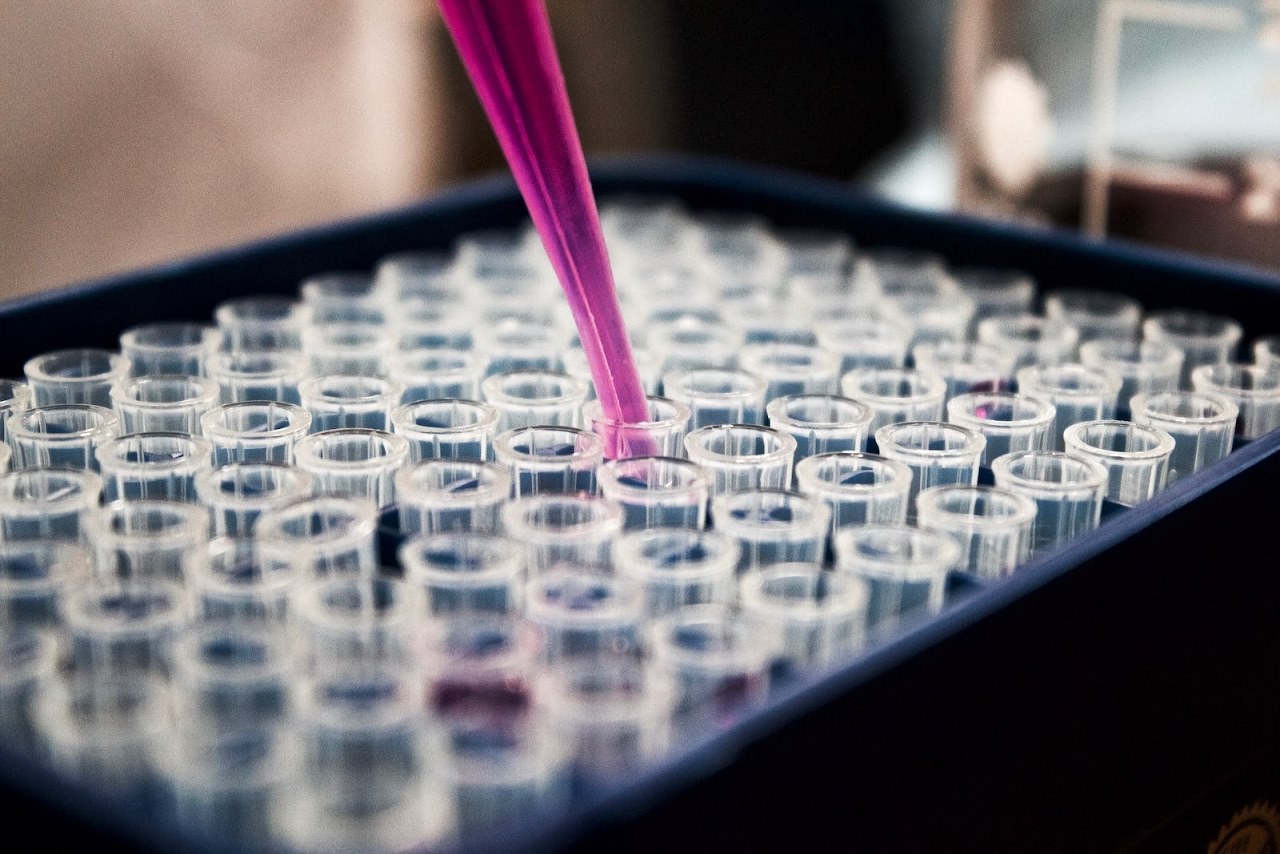
The host cell is responsible for the production of recombinant proteins, as well as a wide range of other compounds. Nonetheless, for most of their applications (such as in therapies), recombinant proteins require purification and extraction from the remaining cell molecules.
The purification process can vary depending on the type of protein.
For instance, membrane proteins are challenging to purify since they are found in small quantities and require detergents to dissolve in aqueous solutions. Also, it is vital to choose detergents that can dissolve and clean a specific membrane protein in purifying membrane proteins.
Evolution of Protein Purification Methods
It has long been understood that separating proteins in biological samples is a crucial and challenging task with far-reaching consequences for human health. In addition to immunoassays and other affinity extraction methods, electrophoresis, and chromatography, the current approach for protein separations has its roots in early nanotechnology developed in the 1950s and 1960s. Today, it is necessary to separate and identify numerous low-quantity proteins inside complicated biological matrices.
Understanding the fundamentals of protein separations from a molecular and nanoscale perspective will allow today's scientists to design future purification solutions.
Protein Purification Strategies
Purifying proteins is a prerequisite for studying them individually or in complexes and determining how they interact with other molecules like nucleic acids. Protein purification methods can be scaled up or down depending on the amount of protein extracted and the intended downstream use. Sometimes, only through experience can you figure out what works best.
So, what are the suitable purification methods when working with proteins?
The Right Purification Method for the Right Protein
The most effective protein purification technique depends on the protein of interest and several other parameters, the cell included, utilized to generate the desired protein. Because of its versatility, the rapid growth of cells, and the affordable cost of culturing, Escherichia coli has always been the preferred organism for several researchers for producing recombinant proteins Proteins made in E. coli purifications are possible in large amounts, but some of them, especially eukaryotic proteins, may fail to work or fold the way they should.
Mammalian cell culture presents a promising alternative for efficiently producing fully folded and functioning mammalian proteins, complete with the necessary post-translational modifications. However, the difficulty in purifying recombinant proteins stems from the low expression levels in cultivated mammalian cells. This means that the highly selective and efficient collection of these proteins from the bulk cell lysates is essential for achieving a sufficient yield and purity.
Interested recombinant proteins can have affinity purification labels added to them to facilitate purification. Enzymes, tiny proteins, and polypeptides often serve as fusion tags and are added to a recombinant protein's C- or N-terminus. Certain tagged proteins are changeable in their stability, solubility, and expression depending on the tag's biochemical properties. Expression vectors that have fusion tags make separating recombinant proteins easier.
Chromatography in Protein Purification
Chromatography, a collection of many techniques, is the foundation of most processes used to purify recombinant proteins. Chromatography methods separate molecules based on similarities and distinctions between the target protein and the remainder of the sample. These qualities can include molecular structure, electric charge, and size.
Affinity chromatography is the most common way to clean proteins. This method segregates proteins based on how they react with a matrix. It is one of the most effective strategies because it inserts a desired structure (named a tag) onto the protein. This tag is unique to the target protein in the sample and gives it essential properties that will help isolate it from the remaining molecules. However, sometimes you can't tag your molecule, forcing you to resort to less precise techniques.
Protein Complex Isolation
The clarification of protein performance and the structuring of the complicated systems responsible for essential biological activities is a fundamental goal of proteomics. Insight into the cell signaling cascades that underlie these activities are achievable through the investigation of protein.
By attaching to particular recognition sites on the chromosome, most frequently at the promoter of a gene, and interacting with other proteins within the nucleus, transcription factors, for instance, play a significant part in regulating the transcription process. Cell survival, differentiation, and expansion depend on this regulation.
Protein Analysis
Simple approaches for inactivating proteins on solid surfaces in appropriate orientations without affecting protein structure or function are commonly necessary for protein interactions. Affinity tags are a valuable tool for this immobilization since they do not affect binding efficiency. Protein immobilization on chips is a standard method of protein analysis.
DNA and Amino Acids
Typically, functional protein microarrays comprise active proteins or protein domains attached to a solid surface throughout their whole length. Probes made of fluorescently labeled DNA are used to look at the array and find the proteins that bind to each probe. Protein microarrays give a high-throughput approach for
Protein Identification
Protein binding partners can be isolated in vivo or in vitro using immobilized proteins in pull-down protein tests. Other applications that come later, like mass spectrometry, don't need to immobilize proteins to find protein partners and individual parts of protein complexes.
Affinity Tags for Purifying Proteins
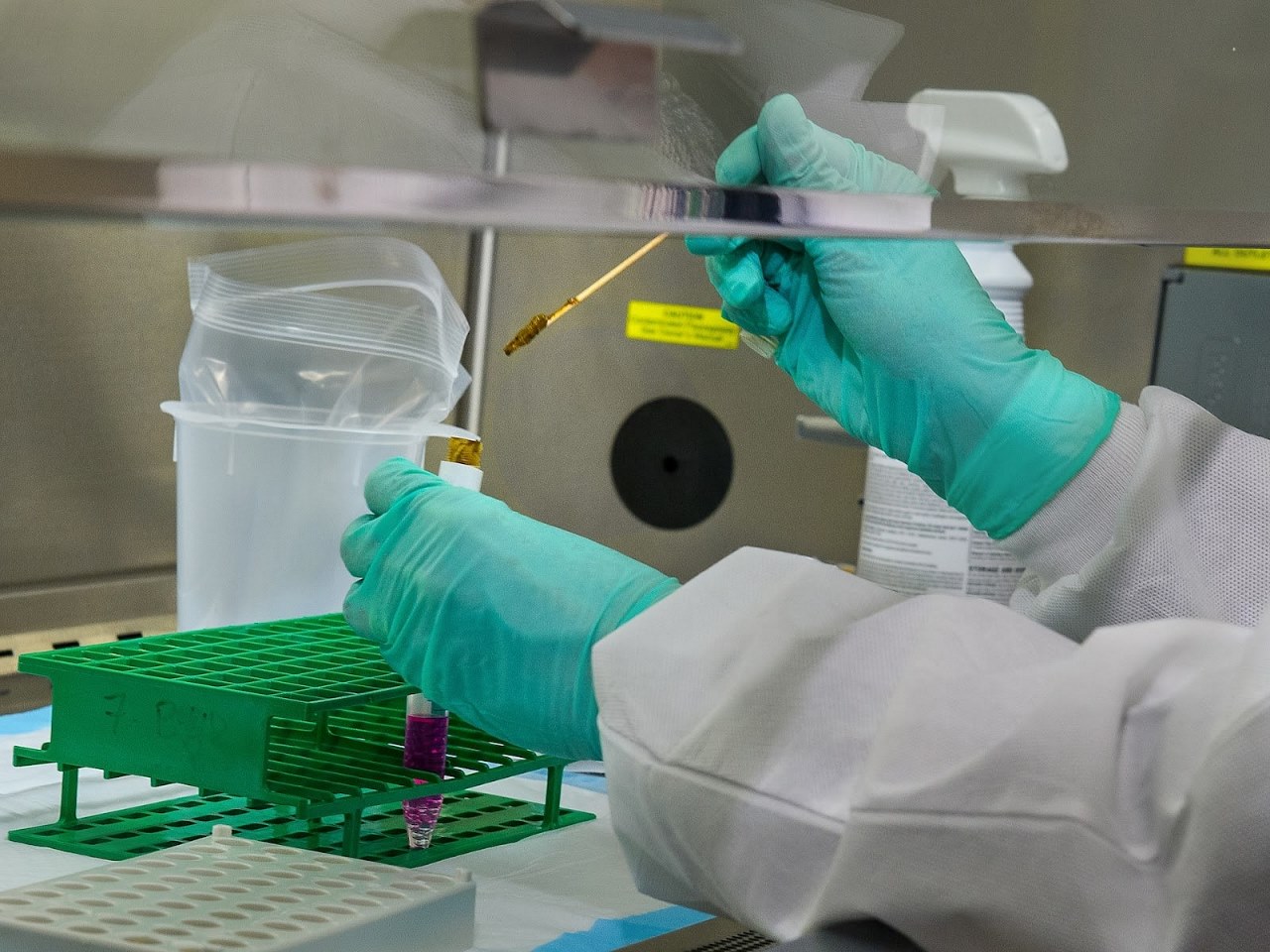
Affinity tags are used to isolate or immobilize a target protein. Affinity tags come in a variety of forms. Therefore, they help achieve different protein classes and types of purification criteria.
Glutathione-S-Transferase
Glutathione-S-transferase is used as an affinity tag since of its high specificity for glutathione-coated matrices that have been immobilized. Many eukaryotic species have glutathione-S-transferases, which belong to a family of multipurpose cytosolic proteins. GST isoforms are typically absent in most bacteria. Hence endogenous bacterial proteins do not contend with GST-fusion proteins for adhering to the purification resin. The 26kDa GST affinity tag augments the solubility of numerous bacterially produced eukaryotic proteins.
Polyhistidine
The polyhistidine tag stands as the most widely employed of all tags. The polyhistidine tag's capacity to purify proteins varies according to histidine residues' attraction to stationary metals like nickel. The inclusion of nitrogen on the polyhistidine's imidazole moiety with a free binding spot on the metal is thought to cause this affinity relationship. Through the creation of a complex having covalently bonded chelate to the host, the metal is firmly bound to the support.
Using these tags has various benefits when it comes to the purification of proteins. Because of its smaller size, the polyhistidine tag is immunogenic to a lesser extent than other larger tags. As a result, the tag does not typically require any elimination in downstream applications after the complete purification process. The target protein can be tagged with a polyhistidine affixed to its chain, either onto the C-terminus or the N-terminus. Lastly, unlike other tags, the polyhistidine tag's reaction to the metal is not dependent on the ultimate structure of the tag, allowing denaturing conditions to help purify normally insoluble proteins.
Purifying of Polyhistidine-Tagged Proteins
Magnetic Resins for Purifying Proteins Tagged with Polyhistidine
There is a rising demand for high-output screening-compatible protein purification techniques. Magnetic resins allow affinity-tagged protein purification without requiring additional centrifugation processes or sample transfers between tubes. A successful purification resin for proteins must meet several requirements, including minimum nonspecific protein binding, a strong affinity for the target protein, and effective fusion protein recovery.
The MagneGSTTM system for purifying proteins meets these criteria. Hence, making it a viable option for protein purification with a broad range of expression levels and molecular weights. The magnetic characteristics of the binding materials enable it to perform purification with one tube, even if the process begins with a crude lysate. The technology is also compatible with high-output automatic liquid-handling units. To create effective frameworks for automatic systems, it’s recommended to check the manual sources for insight.
Purification of Bacterial-Cell-Expressed Proteins
There may be proteins in inclusion bodies that come from bacterial cells. Use FastBreakTM Cell Lysis Reagent, 10X, to lyse your protein to see if it is included in an inclusion body. Centrifugally separate the cell debris into a pellet and then use gel analysis to analyze the pellet and supernatant for polyhistidine-tagged proteins.
Denaturing conditions are necessary for the proper purification of insoluble proteins. Since the interaction between polyhistidine-tagged fusion proteins and MagneHisTM Ni-Particles is independent of tertiary structure, fusion proteins can be collected and purified under denaturing circumstances by introducing a potent denaturant to the cells, like 2–8 M guanidine hydrochloride or urea.
To prevent the proteins from coming together into larger aggregates, denaturing conditions must be applied throughout the procedure. MagneHisTM Binding/Wash and Elution Buffers should be directly mixed with solid guanidine-HCl or urea to create denaturing buffers.
Purification from Insect and Mammalian Cells
Cells should be processed at 2 x 106 cells/ml density. Cells that have adhered to the tissue culture vessel can be detached using a scraper and resuspended in culture media at this concentration. Processing of cells can take place in a culture medium that contains as much as 10% serum. Processing a more significant number of cells per milliliter of material could lead to a reduction in custom protein production and a rise in nonspecific binding. To purify proteins secreted into the cell culture medium, it is necessary first to lyse the cells.
Other Popular Purifying Techniques
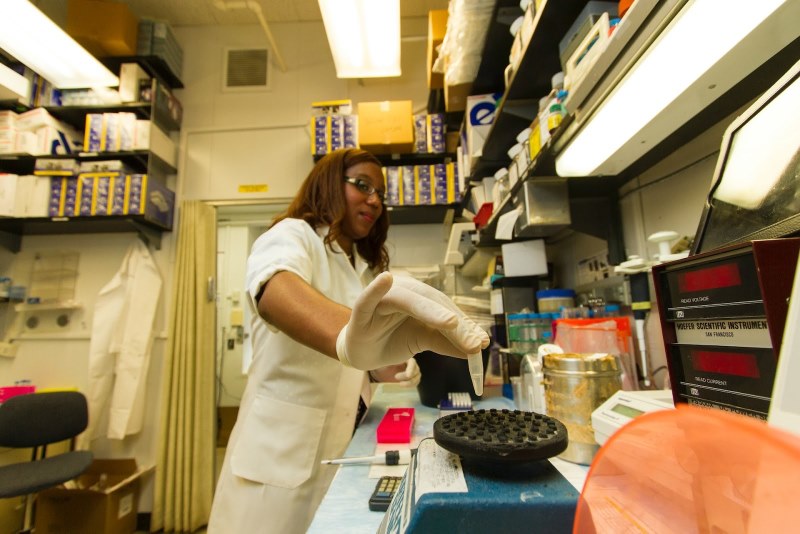
Gel filtration is a technique that uses molecular size to separate substances. Using a resin with holes of a specified width makes it possible to separate molecules based on their difficulty traveling through it. Ion exchange chromatography is another technique that sees widespread application.
This technique separates molecules according to the electric charge they carry under specific circumstances of pH and temperature. Hydrophobic interaction chromatography and reverse-phase chromatography are typical techniques for separating proteins depending on their polarity. These techniques are the most widely utilized. The polarity of the matrix that the purified protein interacts with distinguishes these techniques from one another.
Since it is common to encounter molecules having comparable sizes and charges, these latter methods are less precise than affinity chromatography. Consequently, they can't separate and purify the target proteins as effectively.
Conclusion
Biotechnology has made it easier and more efficient to make recombinant proteins that can be used in many different ways. Also, RP's value in developing diagnostics, bioreagents, and pharmaceutical medications has skyrocketed in recent years. Without them, biotechnology would not be where it is now. Additionally, we anticipate further advancements in protein expression services, helping to treat numerous diseases as protein synthesis and purification concepts continue to advance.

